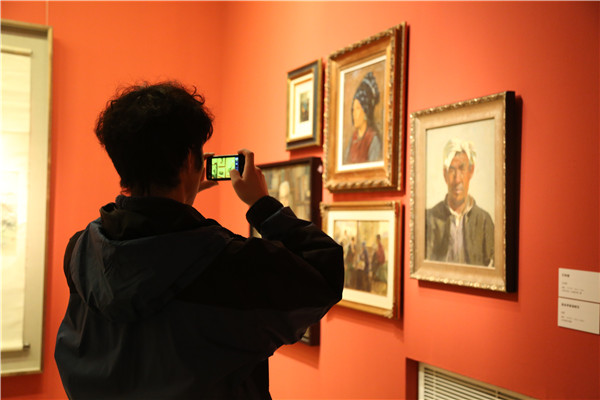 |
|
Exhibits in a recent exhibition at the museum. [Photo/China Daily] |
And the works displayed no color but black and white and the millions of shades in between. I later learned that what they were doing was pencil sketch. At the time my mind was a blank canvas open for any artistic influence, and just as easily as the lead of a 6B pencil leaves its mark on paper, the pictures of that room became ingrained in my mind. I told myself and my parents that this was where I belonged.
It was not until last month, when I talked with Wang Wei, founder of Color Edu, a children's art education center in Beijing, that it dawned on me that in being unable to come to terms with the idea of "children's painting", I was perfectly normal.
"We adults tend to give children what we believe they want," he said, referring to the so-called qian bi hua, or simple drawing, a type of cartoonish, stick figure-like drawing style employing simple lines and a loud, motley collection of colors.
"We think children are going to like it, exactly because we ourselves consider the painting style 'childish', meaning less sophisticated artistically, if you like.
"Today I consider the theory superficial and false," says Wang, who graduated from one of China's best art academies and has been in children's art education for a decade.
"A painting made by a young child may often include vivid colors and random lines, but they come directly from their own wellspring of creativity and imagination, instead of some pre-formulated rules. I believe we should give them all these elements - colors, lines and even light. But they should come together in a way that we consider beautiful. And remember: a child's untainted mind is more prepared for beauty than any of us is."